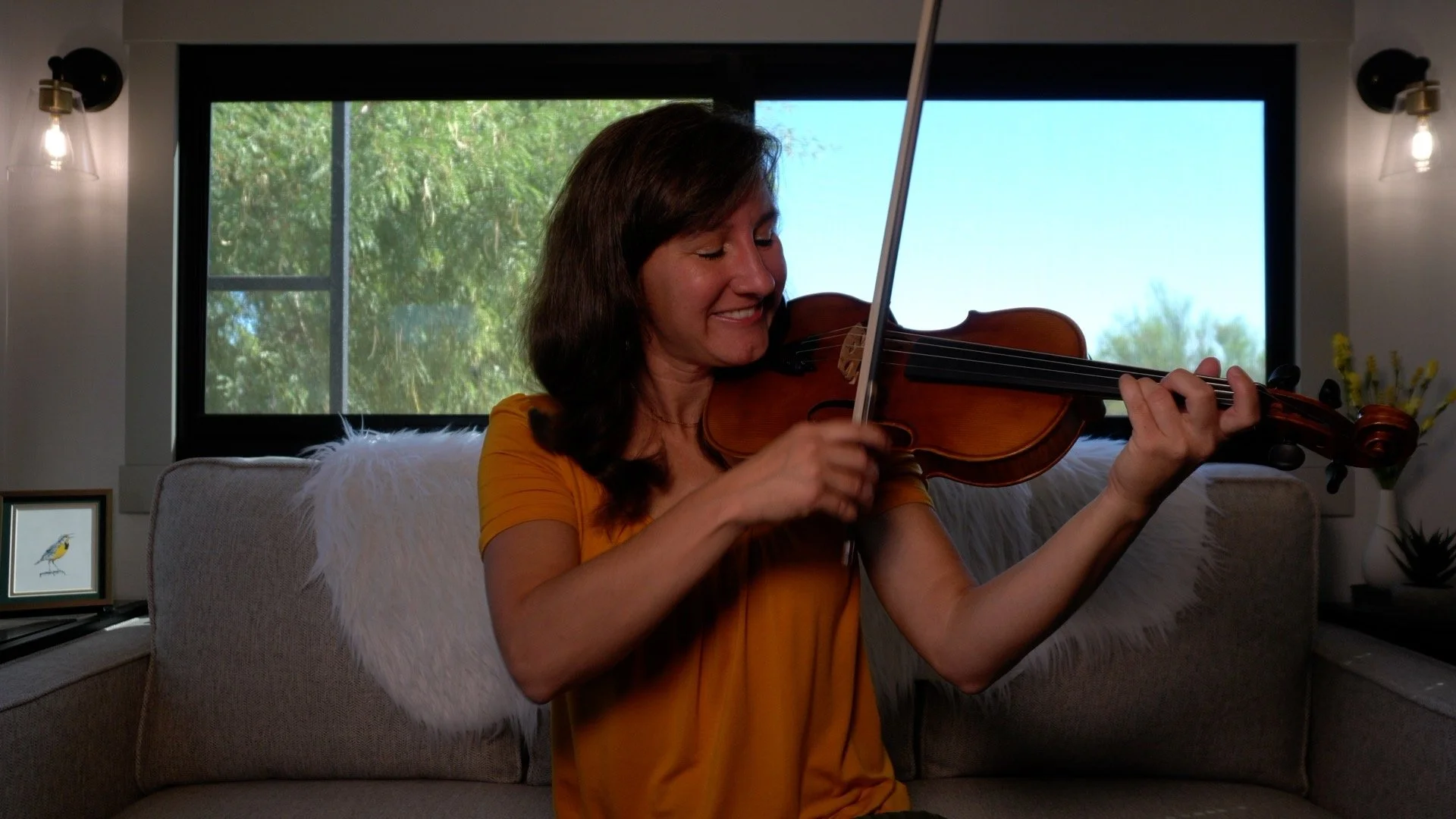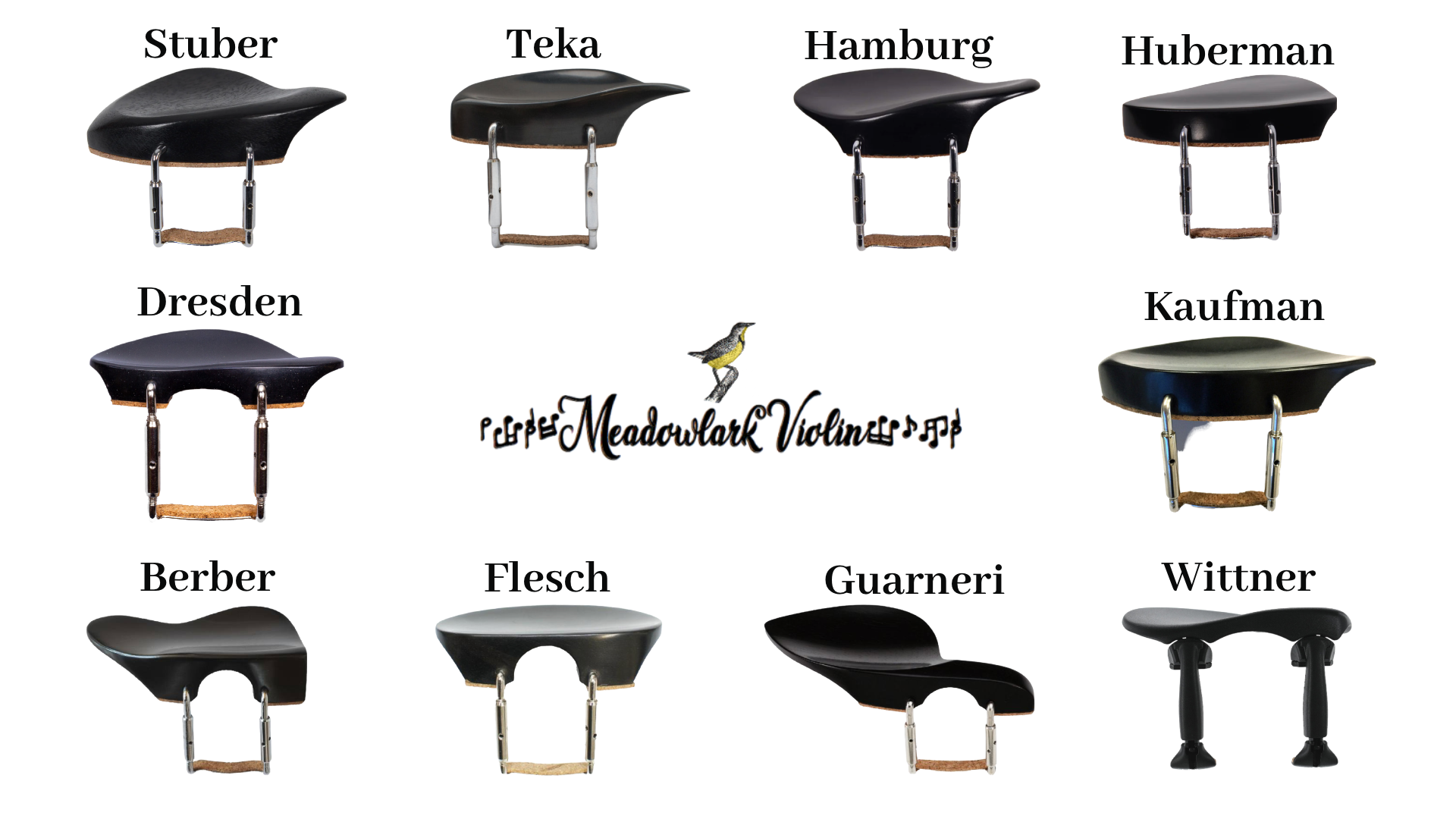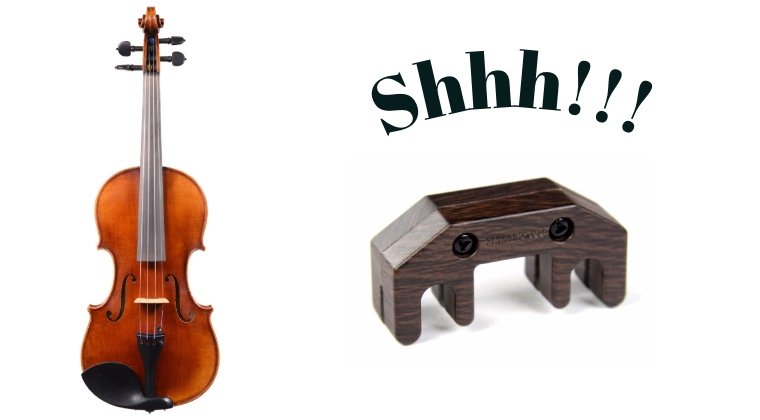Perfect Intervals on the Violin
/You might hear the term “interval” a lot in music. Knowing intervals can really help your violin playing since certain intervals always have the same fingerings. If you know how these intervals sound and what finger patterns go with them, you can cut out a lot of heartache and make learning the violin much, much easier. Are you convinced? Okay, let’s dig into music intervals for the violin.
Intervals are the differences between pitches. I like to think of them as the way we measure distances between pitches.
Let’s look at our C major scale again.
Don’t worry too much about all those fancy names for notes in a scale. Think about the numbers. What if you skipped the second scale degree (or second note) and went straight from C to E? That would be the interval of a third. To determine the size of the interval, count the note you are starting on then count all the notes in between your two notes including the note you want to stop on. C to E is a third (C=1 D=2 E=3). What is the interval from C to B? A seventh. (CDEFGAB= 7 notes= interval of seventh).
We’ve already talked about half steps and whole steps. C to D is a whole step but it’s also known as a major second—a second equals two notes apart. (C=1 D=2). Major seconds sound happy. But what if you had C# to D? That’s also a second but it’s obviously a smaller interval than C to D. C# to D is a half step. Half steps are the smallest intervals but they are also known as minor seconds. Minor intervals tend to sound sad or angry.
This is the basic way to count intervals but it gets a little more complicated than that. What is the interval between the low C and the high C of our major scale? There are 8 steps. We call that an octave. Octaves are the same notes but the second octave occurs at a higher frequency therefore it sounds at a higher pitch.
We can play intervals one after the other or we can play them at the same time. On the violin, try playing your open D string while playing the third finger D on the A string. These two Ds are an octave apart. Do you hear how they have a very open sound? We call octaves perfect intervals. If you divided the string perfectly in half, you would get an octave—a perfect interval. It’s neither major nor minor. There are four perfect intervals in a scale: unisons, perfect fourths, perfect fifths, and octaves. What’s a unison? It’s the same pitch played at the same time.
It’s a little hard to do this on violin but try playing a fourth finger A on your D string while playing your open A string. These two pitches are the same (or should be if they’re in tune!). Now try playing a perfect fourth on your violin. Play your open D string and now jump to 3rd finger G on your D string. Playing an open string and then playing 3rd finger in first positions always results in a perfect fourth.
These notes are 4 steps apart (D E F G=4). Do you hear how it has a very open sound? It also sounds like the first two notes in the song, “Here Comes the Bride.”
Now try playing a perfect fifth. These are easy because we tune our violin in perfect fifths so all of your strings are perfect fifths apart. Try playing two open strings at the same time. Do you hear that open, clear, perfect quality? If you don’t quite yet, wait until we start talking about dissonances and that perfect quality will sound more obvious.
The great thing about intervals is that we can use them to help our intonation. We can associate the beginnings of certain songs with certain intervals to help us hear the interval. For instance, a perfect fifth is the beginning interval for the Star Wars theme song. Next time you are playing a note and the note following it is a fifth away, you don’t have to guess what the second note sounds like. If you can hum the Star Wars theme, you know what the second pitch will sound like. Knowing what something sounds like before you play it is one of the keys to playing in tune! I love this handy chart for picking out songs to associate with intervals.
Practice playing these perfect intervals on your violin. Practice singing them. Try to identify them as you are listening to music.
Next, we’ll discuss those imperfect intervals.

















